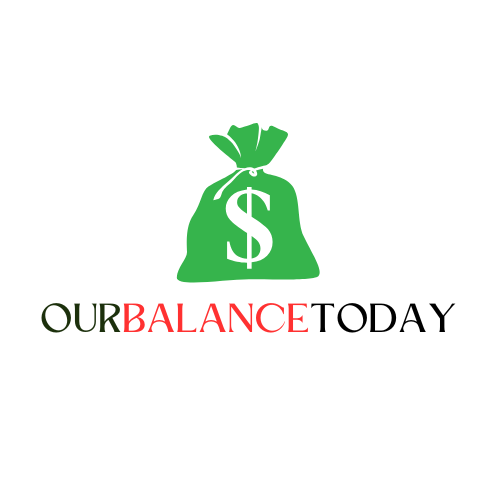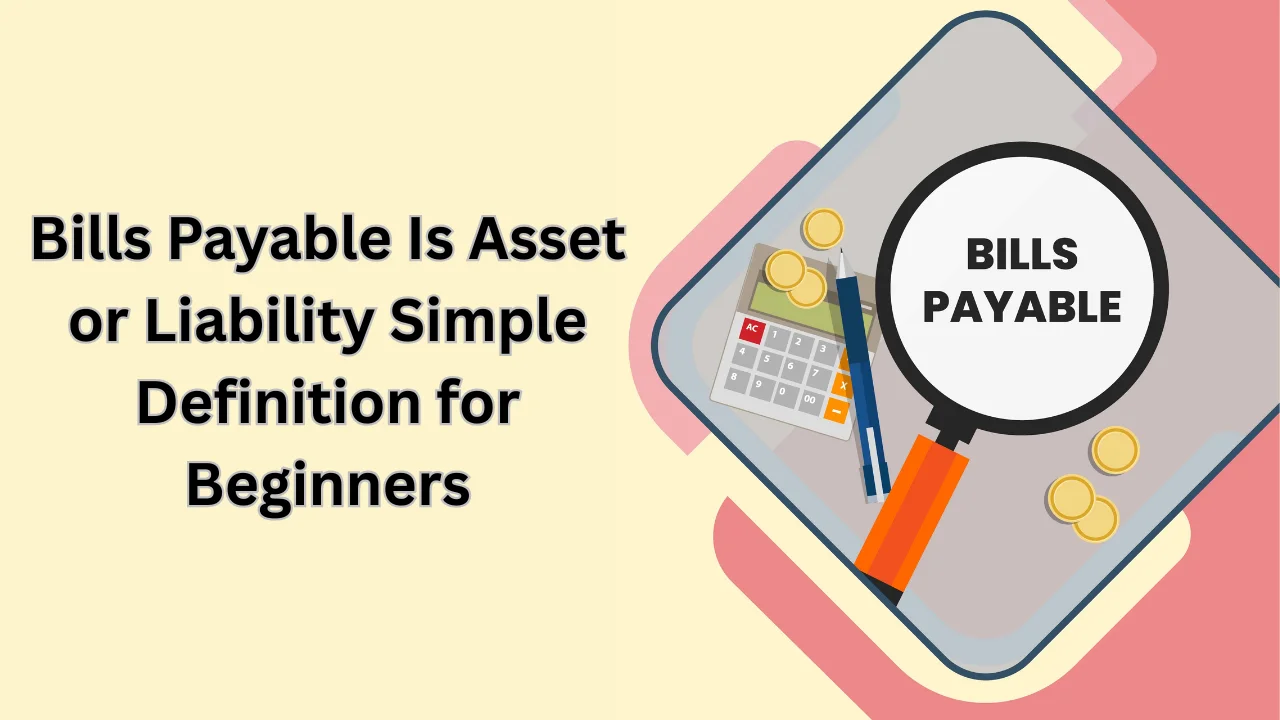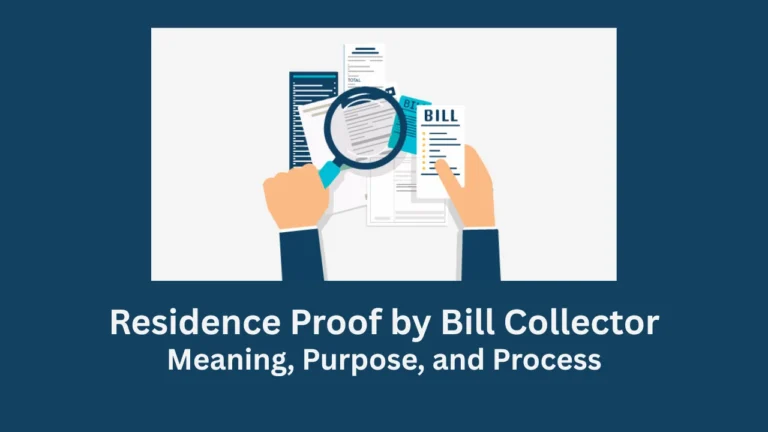Understanding financial terms can be confusing, especially when they sound similar. One common question students and business owners ask is “bills payable is asset or liability.” This concept plays a big role in accounting and affects how a company’s financial health is measured. In this guide, we’ll break it down using simple English and real-life examples.
Before we begin, it’s essential to know how other financial tools like fincare small finance bank balance check number help monitor financial records and maintain cash flow accuracy.
What Is Bills Payable?
Bills payable refers to a written promise that a business will pay a certain amount of money to another person or company in the future. It usually happens when goods or services are bought on credit.
In simple words, bills payable means the company owes money to someone else. The document used is often called a “bill of exchange” or a “promissory note.”
When a business accepts the bill, it agrees to pay on a specific date. This agreement becomes a legal responsibility, making bills payable a liability for the business.
Bills Payable Is Asset or Liability?
To answer directly — bills payable is a liability.
When a company buys products on credit and agrees to pay later, it records that obligation under liabilities. It shows the company’s responsibility to pay money to creditors or suppliers.
So, if you’re asking “bills payable is asset or liability,” the answer is simple: it’s a liability because the business owes money to someone else.
Why Is Bills Payable Considered a Liability?
The reason is that bills payable represent future financial obligations. Whenever a company accepts a bill of exchange, it commits to pay a fixed sum on a specific date.
This means the company is legally bound to settle the amount. Liabilities reduce a firm’s net worth, and that’s why bills payable always appear on the liabilities side of the balance sheet.
Let’s look at how this appears in accounting.
Bills Payable in the Balance Sheet
In the financial statement, bills payable are listed under current liabilities. These are obligations that must be settled within a year.
Here’s how they appear:
| Particulars | Amount ($) | Classification |
|---|---|---|
| Bills Payable | 25,000 | Current Liability |
| Trade Creditors | 15,000 | Current Liability |
| Short-term Loan | 10,000 | Current Liability |
From this example, you can see that bills payable reduce the company’s available assets because money will go out soon to settle the debt.
Difference Between Bills Payable and Bills Receivable
Many people confuse bills payable with bills receivable. Let’s clear that up.
When a business owes money, it is bills payable. When it is owed money by someone else, it becomes bills receivable.
Here’s a quick comparison:
| Basis | Bills Payable | Bills Receivable |
|---|---|---|
| Meaning | Amount owed by the company | Amount owed to the company |
| Type | Liability | Asset |
| Position in Balance Sheet | Shown under Current Liabilities | Shown under Current Assets |
| Party Involved | Drawee (payer) | Drawer (receiver) |
So, in short, bills payable is asset or liability — it’s a liability, while bills receivable is an asset.
Examples of Bills Payable in Business
Imagine you run a furniture store and buy materials from a supplier on credit. The supplier issues a bill of exchange worth $10,000 payable after 60 days. You accept it, promising to pay on that date.
That accepted bill becomes your bill payable. Until you pay, it will remain a liability on your balance sheet.
Once you make the payment, the liability is removed from your accounts. This simple cycle helps accountants track cash flow accurately.
Journal Entries for Bills Payable
In accounting, bills payable are recorded using journal entries. Below is a simple example:
| Transaction | Journal Entry |
|---|---|
| When bill is accepted | Purchases A/C Dr. To Bills Payable A/C |
| When bill is paid | Bills Payable A/C Dr. To Cash/Bank A/C |
These entries show how the liability is created and then cleared once payment is made.
Such entries help accountants identify whether bills payable is asset or liability while maintaining correct financial statements.
Is Bills Payable a Current or Non-Current Liability?
In most cases, bills payable are current liabilities.
They are due within 12 months, and businesses plan their cash flow accordingly. However, if the payment period is longer than a year, it can be classified as a non-current liability.
| Type of Liability | Duration | Example |
|---|---|---|
| Current Liability | Less than 1 year | Bills Payable (60 days) |
| Non-Current Liability | More than 1 year | Long-term loans |
This classification helps investors and managers understand the company’s short-term and long-term obligations.
Relation Between Bills Payable and Credit Purchases
Bills payable often come from credit purchases. When a company buys goods on credit, it owes money to the supplier.
To formalize this debt, both parties use a bill of exchange. The supplier draws the bill, and the buyer accepts it. That’s when the bill becomes bills payable for the buyer.
So, when you’re analyzing bills payable is asset or liability, remember it originates from credit purchases and is always a liability.
Impact of Bills Payable on Cash Flow
Bills payable affect a business’s cash flow management. As the due date approaches, the business must ensure enough funds are available to pay the amount.
Poor management of bills payable can lead to cash shortages, penalties, or damaged business relationships.
That’s why tracking due dates and maintaining bank balances — such as checking your nhai fastag balance check or business account regularly — helps maintain smooth financial operations.
Bills Payable in Real Life
In real-world accounting, large organizations maintain detailed records of all bills payable. They include due dates, creditor details, and payment methods.
Modern accounting software automates this process, reducing errors and ensuring payments are made on time. For small businesses, maintaining a bills payable register helps in managing obligations efficiently.
Bills Payable vs. Notes Payable
Some people confuse bills payable with notes payable. While both represent liabilities, they differ slightly.
Bills payable are usually short-term obligations tied to trade transactions.
Notes payable can be short-term or long-term and are often linked to loans or financing arrangements.
| Feature | Bills Payable | Notes Payable |
|---|---|---|
| Origin | Credit purchase | Borrowed money |
| Duration | Short-term | Short or long-term |
| Instrument | Bill of Exchange | Promissory Note |
In both cases, the company owes money, which means bills payable is asset or liability — definitely a liability.
How to Record Bills Payable in Tally or Software
Accounting software like Tally or QuickBooks makes recording bills payable simple. You can create a ledger named “Bills Payable” under current liabilities.
Every time you accept a bill, record it in that ledger. When you pay it, mark it as “settled.” This process ensures your liabilities are always updated.
Importance of Understanding Bills Payable
Knowing whether bills payable is asset or liability helps in better financial planning. It also ensures accurate reporting during audits or financial analysis.
For students, this knowledge builds a strong foundation in accounting. For business owners, it helps track debts and manage cash flow efficiently.
Conclusion
In conclusion, bills payable is asset or liability — it’s always a liability. It represents money owed to others and appears under current liabilities in the balance sheet.
Businesses must manage it carefully to avoid late payments and maintain financial stability. Whether you are a student, an entrepreneur, or an accountant, understanding this basic principle is essential for making smart financial decisions.




